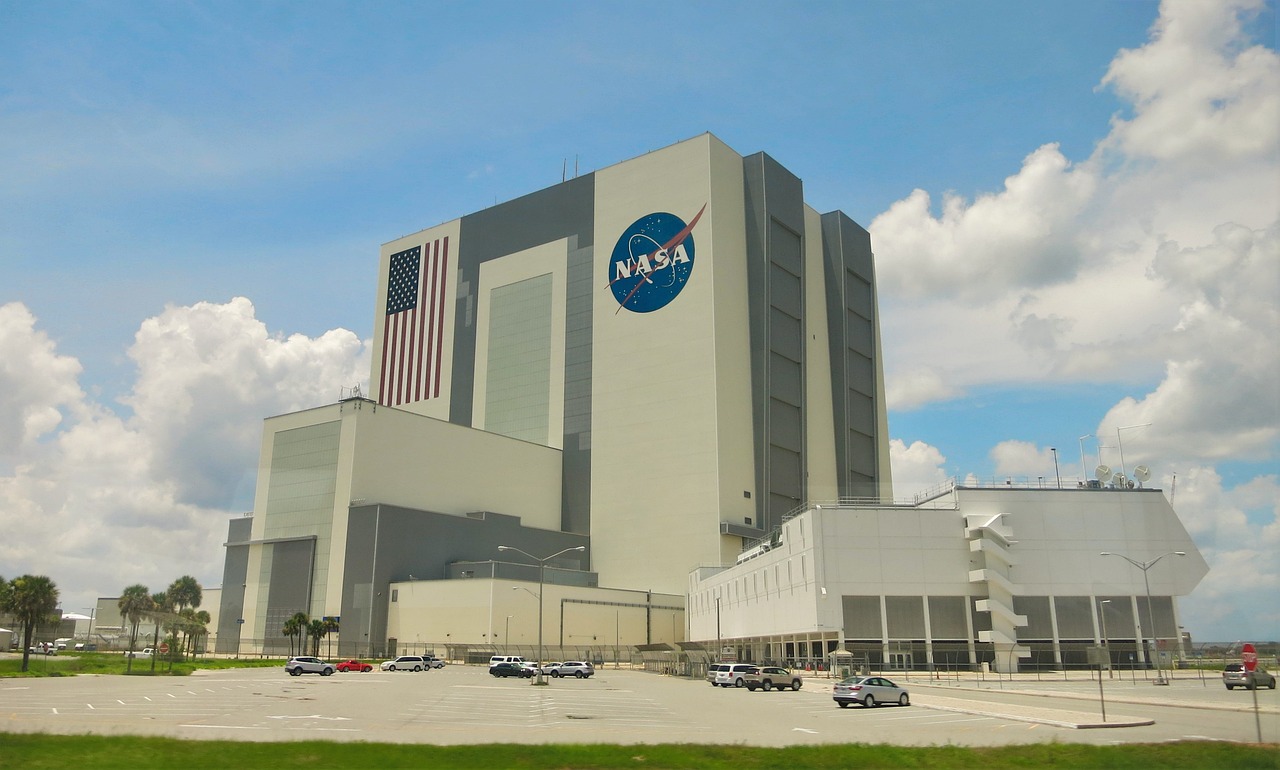Joel Kearns, Deputy Associate Administrator for Exploration at NASA headquarters, explained that despite confidence in the VIPER team, the decision was driven by financial limitations. The cancellation is expected to save NASA an additional $84 million in development costs.
The mission faced delays, originally planned for a late 2023 launch, then pushed to late 2024, and finally to September 2025. Nicola Fox, Associate Administrator of NASA’s Science Mission Directorate, praised the team’s efforts, especially during the pandemic, but acknowledged the difficult decision was made due to budgetary constraints.
The VIPER rover, NASA’s first robotic moon rover, will be dismantled, with its scientific instruments potentially repurposed for future lunar missions. Meanwhile, Astrobotic Technology will proceed with Griffin Mission One, scheduled for a 2025 launch, which will demonstrate the capabilities of the Griffin lander and its engines.
NASA plans to explore alternative methods for detecting ice at the lunar south pole, including the Polar Resources Ice Mining Experiment-1 (PRIME-1), set to land in late 2024.











